The National Bottle Museum
Inside an unassuming, historic 1901 three-story brick commercial building in downtown Ballston Spa, NY, you will find The National Bottle Museum, and its Director and Collections Manager Gary Moeller, on a mission to preserve the history of bottle making and the story of a time when glass was made by hand and the demand for glass containers was staggering.
Known for the therapeutic properties of its mineral springs, Ballston Spa was a flourishing resort community and popular “watering hole” for the rich and famous during the heyday of the mineral water industry in the 1800s. Presidents, senators, and governors stayed there, as well as many wealthy private citizens, to “take the waters.”
The world-wide mineral water industry was just one of many industries creating a tremendous demand for glass bottles in the 19th century. Millions of glass bottles per year were manufactured by hand for the mineral waters of Saratoga County alone, enabling this otherwise rural area to participate in world commerce during this era. The glassworks in this region employed hundreds of workers and glassblowers from the 1840s to the 1860s. In that era, all bottles were manufactured exclusively with hand tools and lung power.
The Museum’s oldest bottle is European – a Dutch Squat Wine Bottle dating c. 1710-1720; however, the bulk of the collection is American. “What comes into the collection is historically significant in some manner,” says Moeller.
One entire wall of the museum’s first floor showcases over 2,000 bottles of many colors, shapes, and forms. All of these bottles are accessioned into the collection to be held in trust for the public. The Museum also curates interpretive exhibits in the space based on its collection in combination with borrowed objects from member collections. The Jan Rutland “Artists’ Space” on the second floor features changing exhibits of important artwork in diverse styles, ranging from post impressionism to folk art, once again representing the art, history, and technology inherent in all things created by hand.
The National Bottle Museum is a non-profit, 501(c)(3), educational institution chartered by the Board of Regents of the New York State Department of Education. The museum is not subsidized, but raises all of its own funds through grants, membership, fundraising and donations. Each spring, the Museum sponsors a Bottle Show and Sale known as “The Saratoga Show” which attracts enthusiasts from coast to coast in the United States and several provinces of Canada. The show is typically held in early June in Ballston Spa.
Museum Hours are generally 10 a.m. to 4 p.m., Tuesday-Saturday, closed Sunday and Monday, March through May; then Friday through Tuesday, closed Wednesday and Thursday, June through September, back to Tuesday through Saturday for October and November, then Thursday, Friday, Saturday, and by appointment December – February. The museum is open late on most First Fridays. For more information visit nationalbottlemuseum.org or email nbm@nycap.rr.com.

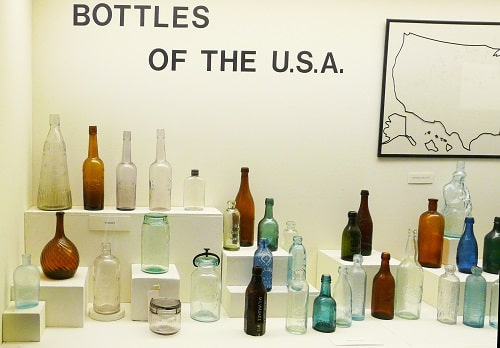

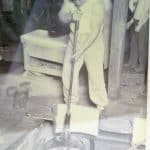
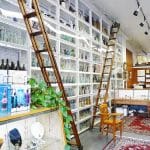
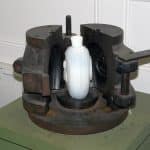
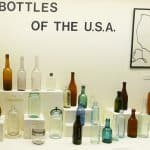



Related posts: